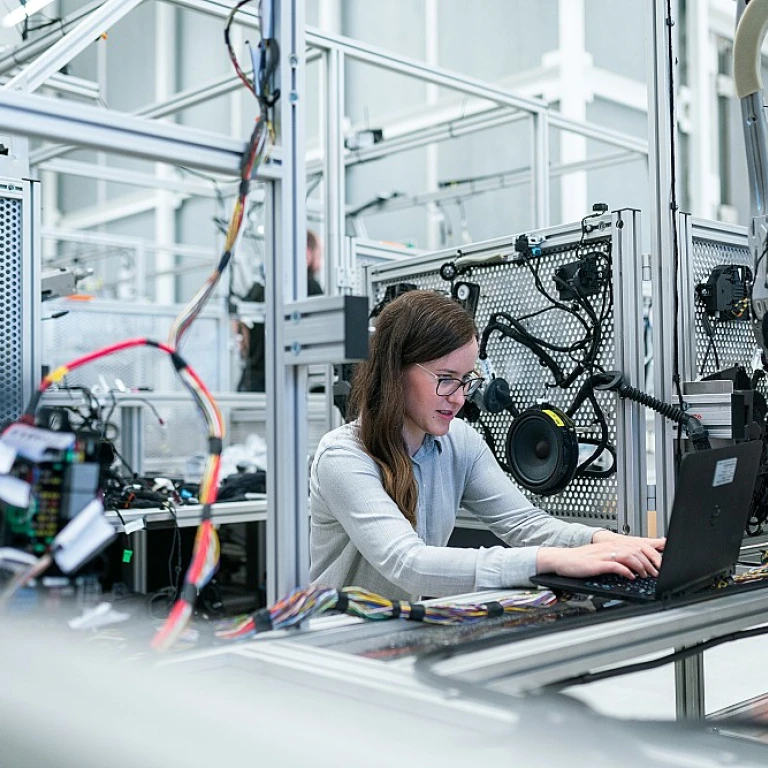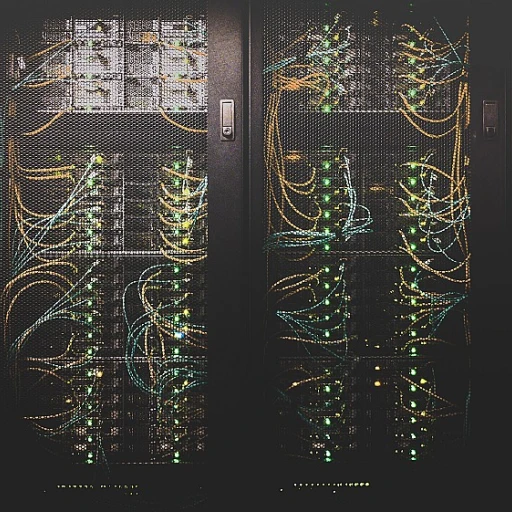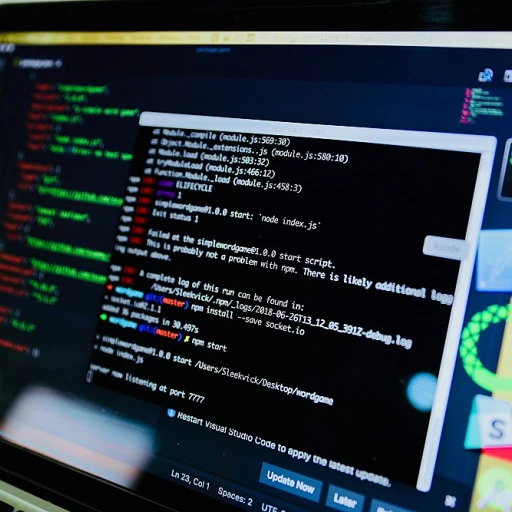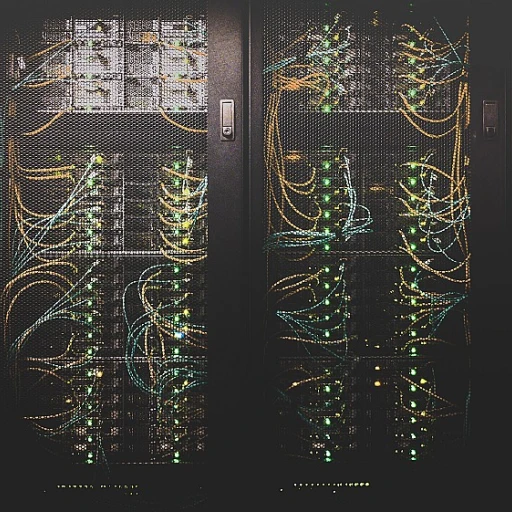
The Future of Software: What's New?
The Evolving Landscape of Software Development
The world of software development is continuously changing, and the latest innovations are leading us into an exciting future. This evolution is marked by significant trends and technologies that are reshaping the way developers create, deploy, and manage applications. To stay ahead of the curve, it's essential to understand these emerging changes. New methodologies, tools, and practices are being introduced to make code development more efficient and user-friendly. Developers now have access to advanced frameworks and environments that drastically reduce the time and effort required to write, debug, and compile code. This not only accelerates the development cycle but also enhances the quality of the software produced. You can learn more about some key advancements in an insightful article on the future of software development. Moreover, the rise of cloud computing combined with edge computing is creating a powerful synergy, offering flexible and scalable solutions capable of handling complex tasks efficiently. This dynamic duo is establishing a new standard in software infrastructure, providing users with real-time processing capabilities and improved security. The integration of machine learning and artificial intelligence into software solutions is another groundbreaking trend. These technologies are empowering developers to create smarter applications that can predict user behavior, automate mundane tasks, and even enhance decision-making processes by providing data-driven insights. As we embrace these advancements, it's crucial to place a spotlight on security to safeguard innovations. Enhanced security measures are being implemented at every stage of software development, ensuring that data is protected, vulnerabilities are minimized, and user trust is maintained. In the digital age, progressive web apps are also emerging as a pivotal force, blending the best of web and mobile applications to deliver seamless user experiences and broad reach across multiple platforms. The horizon of software development is indeed full of promise and opportunities. Leveraging these innovations will pave the way for more dynamic, efficient, and secure software environments, demonstrating the industry's commitment to constant evolution and improvement.Code Development: Easier Than Ever
Streamlining the Coding Process
In the ever-evolving landscape of software development, coding has become not only more efficient but also increasingly accessible to a wider audience. With advancements in automated code generation tools and low-code/no-code platforms, developers are finding it easier than ever to bring their ideas to life without getting bogged down by complex programming languages or time-consuming debugging processes. These innovations empower individuals with little to no coding experience to turn their concepts into functional software applications, ultimately democratizing the field of software development. This is particularly transformative as it allows for rapid prototyping and iteration, as well as the ability to focus on creativity and strategic problem-solving rather than the minutiae of writing code. Moreover, the integration of smart coding assistants powered by AI and machine learning is further enhancing developers' productivity and accuracy. These tools can suggest code snippets, optimize algorithms, and even predict and rectify potential bugs before they manifest into problems. For those interested in a deeper dive into the latest trends that are shaping this streamlined approach to coding, there are numerous technologies and innovations on the horizon that promise to revolutionize how we conceive and construct software applications. As we continue to embrace these cutting-edge tools, it's evident that the future of software development is more collaborative, creative, and efficient than ever before.Cloud Computing and Edge Computing: A Dynamic Duo
Harnessing the Power of Cloud and Edge Computing
The software development landscape is being dramatically reshaped by the tandem forces of cloud computing and edge computing, creating what can only be described as a dynamic duo. The convenience and scalability that cloud solutions offer have become indispensable for modern businesses. But while cloud computing offers a centralized approach, the advent of edge computing introduces a new frontier—enabling data processing closer to the source of data generation. This dual approach allows for faster response times and improved efficiency, highlighting the innovative spirit in today's software development techniques. This synergy is particularly transformative for applications that require real-time data processing. Imagine smart city solutions where millions of sensors produce real-time data—edge computing enables this data to be processed locally, reducing latency, while cloud computing handles massive data storage and complex analytical workloads. This partnership not only improves performance but also offers seamless experiences for both developers and end users. Furthermore, the integration of continuous integration practices with cloud and edge computing innovations enhances the agility of software projects. Developers can efficiently develop, test, and deploy applications in a cloud-based environment, while edge solutions ensure that data-driven applications are responsive and adaptive. As we delve deeper into the enhancements of code development, it's clear that leveraging these powerful tools is becoming more accessible than ever, further propelling the evolution of software toward new horizons.Machine Learning and AI: Transforming Software Solutions
Revolutionizing Solutions with Intelligent Systems
As we delve deeper into the future of software, the integration of machine learning and artificial intelligence is undeniably transforming the landscape of software solutions. These technologies are no longer just buzzwords; they are becoming the backbone of innovative applications that redefine how businesses and individuals interact with technology.
Machine learning algorithms are now capable of processing vast amounts of data, enabling software to learn and adapt over time. This adaptability is particularly crucial in areas such as predictive analytics, where software can forecast trends and behaviors with remarkable accuracy. By leveraging these insights, companies can make informed decisions, enhancing efficiency and customer satisfaction.
Artificial intelligence, on the other hand, is pushing the boundaries of what software can achieve. From virtual assistants that streamline daily tasks to complex systems that automate intricate processes, AI is making software smarter and more intuitive. This shift is not only making code development easier, as discussed earlier, but also enabling developers to create more sophisticated applications without being bogged down by repetitive tasks.
Moreover, the synergy between AI and cloud computing is opening up new possibilities for scalable and flexible software solutions. By harnessing the power of the cloud, AI-driven applications can operate at unprecedented scales, providing seamless experiences across devices and platforms. This dynamic duo is paving the way for the next generation of software, where intelligence and accessibility go hand in hand.
In this rapidly evolving environment, staying ahead of the curve is essential. As we continue to explore these exciting breakthroughs, it becomes clear that machine learning and AI are not just transforming software solutions—they are setting the stage for the future of innovation.











